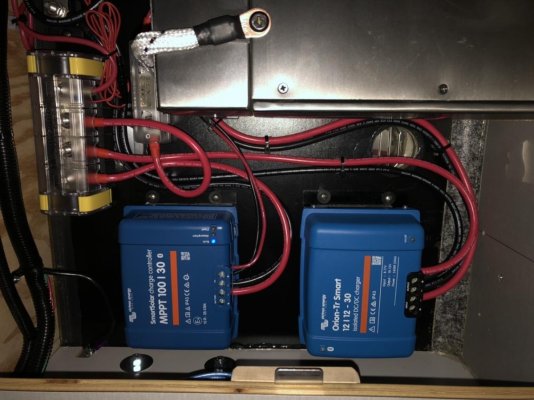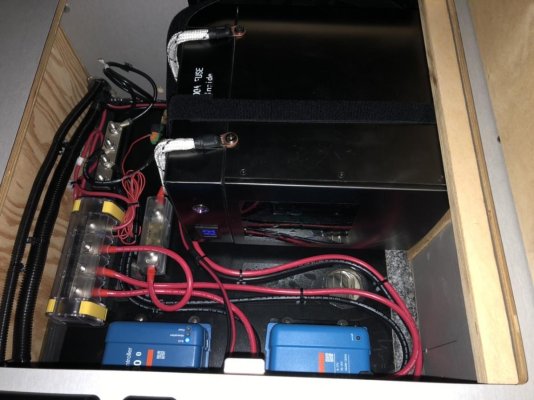RLS
Member
Hello,
I just stumbled across this website and am really enjoying reading about the FWC's. I ordered a Hawk model and due date is 6/2023. I'm already planning a battery/electrical upgrade and have learned a lot in the last week, reading the various threads from this site. I went with the single, agm battery offered with the camper, with the intention of either hiring a shop to do the install or attempting it myself. I'm fairly comfortable around a multi-meter
Anyways, I just wanted to pop in and say hi.
Rick
I just stumbled across this website and am really enjoying reading about the FWC's. I ordered a Hawk model and due date is 6/2023. I'm already planning a battery/electrical upgrade and have learned a lot in the last week, reading the various threads from this site. I went with the single, agm battery offered with the camper, with the intention of either hiring a shop to do the install or attempting it myself. I'm fairly comfortable around a multi-meter
Anyways, I just wanted to pop in and say hi.
Rick


